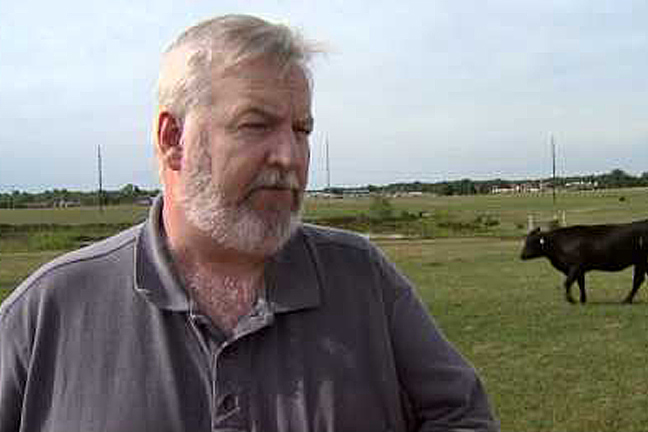
Agricultural News
Reallocating Agricultural Resources: Derrell Peel Summarizes the 2012 Ag Census 2012--Part 1
Mon, 05 May 2014 11:49:20 CDT

Derrell S. Peel, Oklahoma State University Extension Livestock Marketing Specialist, writes in the latest Cow-Calf newsletter:
The 2012 Census of Agriculture was released May 2 by USDA. The five-year Census of Agriculture is not nearly as useful or important for the on-going operation and decision-making in agricultural industries as is the variety of daily, weekly, monthly and annual data provided by USDA agencies such as the National Agricultural Statistics Service (NASS); the Agricultural Marketing Service (AMS); the Economic Research Service (ERS) and many other contributing agencies. However, the Census of Agriculture does provide a long-term view of the structure of agricultural industries. The most recent census is particularly interesting and a comparison of the 2007 and 2012 census illustrates the beginnings of a unique and fundamental shift in U.S. agriculture that is likely to continue for several more years.
The census shows that there was 914.5 million acres of land in farms in 2012, down 0.8 percent from the 2007 total land in farms. This 914.5 million acres is divided into 389.7 million acres of cropland; 77.0 million acres of woodland; 415.3 million acres of permanent pasture/range; and 32.5 million acres of farmsteads, roads, ponds, etc. Cropland and permanent pasture/range make up 88 percent of the total land in farms. Total cropland includes harvested cropland of 315 million acres, or 80.8 percent of total cropland. The remainder was cropland pastured or land that was idled, including a roughly 4 million acre increase in land with crop failure or was abandoned (likely due to the 2012 drought). Though total cropland was down 4.1 percent from the 2007 census, harvested cropland was up 1.7 percent over the five year period. The harvested cropland total includes acres of hay harvested, which decreased 6.6 million acres (11.3 percent) from 2007 to 2012. The woodland total includes about 28 million acres, or 36.4 percent of woodland acres that is pastured.
The breakdown of total farmland into cropland (42.6 percent) and permanent pasture/range (45.4 percent) roughly mirrors the magnitudes of crop and livestock production in the country. Permanent pasture and range represents areas where cropping is not possible and is only usable for grazing. However, cropland includes some acres directly related to cattle production including harvested hay acres and cropland used for pasture. Thus, total pastureland in the U.S. consists of permanent pasture/range, woodland pastured and cropland used as pasture. This last category represents the buffer or interface between crop and forage production in the U.S. as it can be switched from pasture to crop production if relative crop and forage values change. The conversion of pastured cropland to crop production can be accomplished relatively easily but, because it is quite costly to return cropland into pasture, it usually reflects a long term (more than year to year) decision about land use. It is this land use category that changed the most from the 2007 census to the 2012 census. Cropland used for pasture dropped from 35.8 million acres in 2007 to 12.8 million acres in 2012, a 64 percent decrease. This demonstrates the strong incentives that high crop values have placed on reallocating more agricultural land resources into crop production.
Total pastureland in the U.S. decreased by 17.1 million acres (3.6 percent) from 2007 to 2012. This was due to the 23 million acre decrease in cropland pastured despite a 6.5 million acre increase in permanent pasture/range. Woodland pastured decreased very slightly from 2007 to 2012. In 2012, cropland pastured represented 2.8 percent of total pasture acres compared to 7.6 percent in 2007. The significance of this loss of pasture acres is substantially larger than suggested by these percentages. Cropland pasture is usually significantly more productive than permanent pasture/range on a per acre basis, so the loss of these acres represents a significantly higher impact on forage production. This loss in pasture production, combined with an 11.3 percent decrease in hay acres, implies a significant decrease in total forage production potential in the U.S. These changes in land use suggest that the dramatic jump in crop values that began in late 2006 are resulting in structural change in agriculture that has profound implications for the cattle industry.
These changes impact how; how much and where cattle production will take place. The next article will look at the regional implications of land use changes on where cattle production will occur.
WebReadyTM Powered by WireReady® NSI
Top Agricultural News
More Headlines...




















